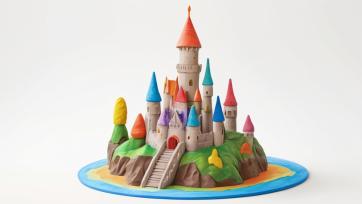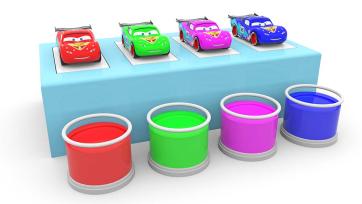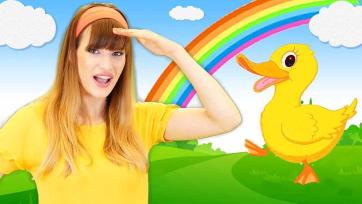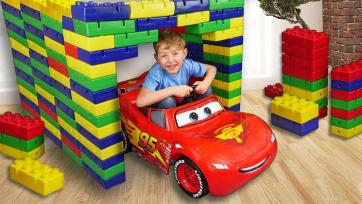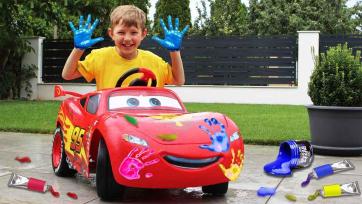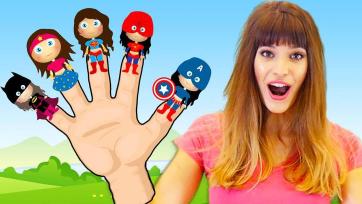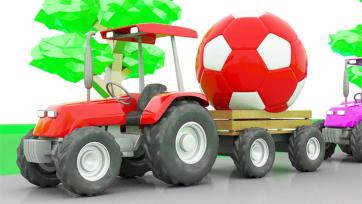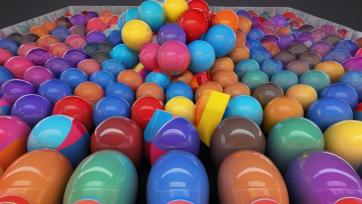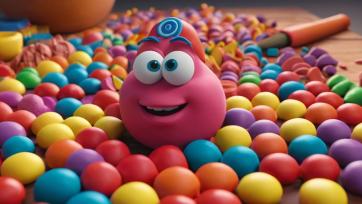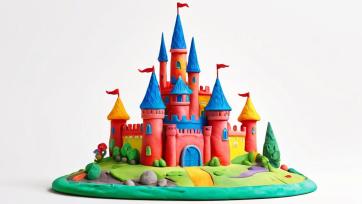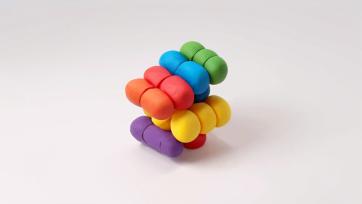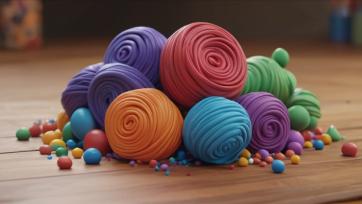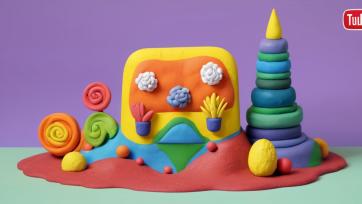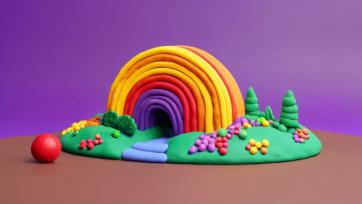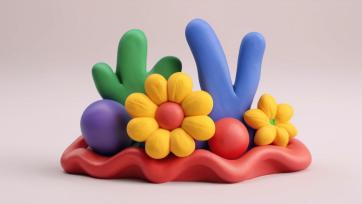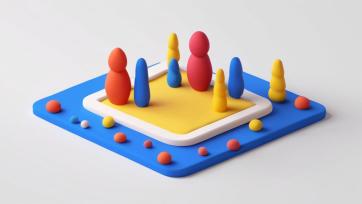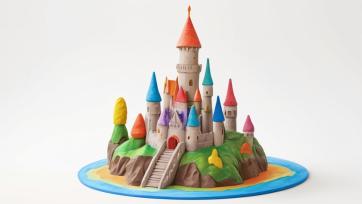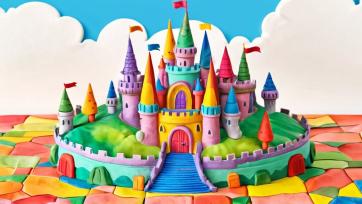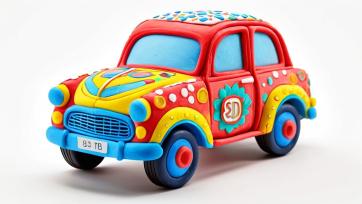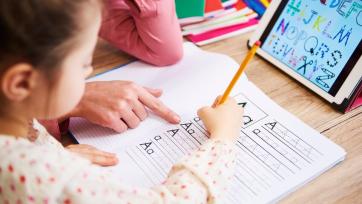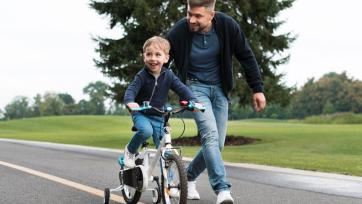How To Teach Your Child To Ride A Bike
Teaching your child to ride a bike is a memorable and rewarding milestone in their growth journey. Beyond the sheer fun and excitement, bike riding imparts essential life skills like balance, coordination, and independence. In this guide, we'll explore the step-by-step process of teaching your child to ride a bike, from equipment preparation to building confidence. Whether you're a seasoned cyclist or new to the world of biking, you'll discover valuable tips and strategies to make this experience safe, enjoyable, and unforgettable for both you and your child.
Preparing For The Journey
Before your child takes those first thrilling pedal strokes, it's crucial to ensure they have the right equipment and safety gear. Start with a well-fitting helmet that meets safety standards, and consider knee and elbow pads to minimize the impact of falls. Ensure the bike itself is the correct size for your child; they should be able to touch the ground with both feet when sitting on the saddle. Regular maintenance, like checking tire pressure and brakes, keeps the bike in good condition. With these basics in place, your child is ready for their cycling adventure.
Finding The Right Location
Choosing the right location for your child's bike riding lessons is key to their success and safety. Look for open, flat spaces with minimal traffic, like empty parking lots, quiet streets, or dedicated bike paths. These areas provide a safe environment for your child to practice and build confidence. If you're fortunate to have local parks or bike-friendly areas nearby, consider those as well. The more open and traffic-free the location, the smoother your child's learning experience will be.
The First Steps: Balancing And Steering
Before your child takes on pedalling, they need to master the fundamentals of balancing and steering. Consider using a balance bike, which has no pedals and allows children to focus solely on balance. Another option is to remove the pedals from a regular bike, transforming it into a balance bike temporarily. These tools help your child get a feel for balance and learn to steer by leaning. Practice sessions involve coasting and manoeuvring, setting the stage for successful bike riding.
Gradual Progression To Pedaling
Once your child has developed balancing and steering skills, it's time to introduce pedalling. Begin by teaching them how to push off and gain momentum. Encourage them to practice gliding with their feet up while maintaining balance. Eventually, introduce pedalling, starting with short bursts and gradually increasing the distance. Focus on teaching your child how to start and stop smoothly, emphasizing control and balance. It's normal for progress to be gradual, so be patient and celebrate every small achievement along the way.
Safety First: Rules Of The Road
Teaching your child about safety is paramount as they become proficient bike riders. Start by instilling the habit of wearing a helmet at all times. Teach them to obey traffic signs and signals, even if they're riding in a quiet neighbourhood. Explain the importance of using hand signals to indicate turns and the significance of looking out for potential hazards, such as parked cars, pedestrians, or other cyclists. Encourage situational awareness and teach your child how to ride defensively. By imparting these safety rules, you ensure that your child not only enjoys bike riding but also stays safe on the road.
Building Confidence And Skills
Confidence plays a significant role in your child's journey to becoming a proficient bike rider. Offer plenty of praise and encouragement as they practice. Consider incorporating fun games and challenges to improve their bike handling skills. Create a supportive and positive atmosphere during practice sessions where your child feels safe to make mistakes and learn from them. Regular practice, combined with your unwavering support, will help build your child's confidence and skills, turning them into a confident bike rider.
Riding Together As A Family
One of the most enjoyable aspects of teaching your child to ride a bike is the opportunity it provides for quality family time. As your child gains confidence on two wheels, consider planning family bike rides. These outings promote bonding, create lasting memories, and reinforce bike safety. Choose scenic routes, explore local parks, or embark on urban adventures together. Riding as a family not only encourages physical activity but also fosters a sense of togetherness and adventure. It's a chance to lead by example as responsible bike riders, demonstrating safe practices and sharing the joy of exploring the world on bicycles.
Overcoming Challenges And Fears
As your child embarks on their bike-riding journey, they may encounter challenges and fears. Falling and setbacks are part of the learning process, so it's essential to address these with resilience and positivity. Teach your child how to fall safely by rolling and using protective gear. Reassure them that it's okay to make errors and that these moments are possibilities to learn and grow. Be patient and supportive, and remind your child of their progress and achievements. Overcoming challenges and fears is an integral part of becoming a confident bike rider.
Celebrating Milestones And Success
As your child progresses in their bike-riding skills, celebrate each milestone and success. Whether it's their first pedal stroke, a longer ride, or confidently navigating a challenging terrain, acknowledge their achievements. Consider creating a biking diary or scrapbook to commemorate these moments. Share in their joy and excitement, reinforcing their confidence and sense of accomplishment. Celebrating milestones as a family can create lasting memories and motivate your child to continue honing their bike-riding skills. It's a journey filled with triumphs, and each success is a step closer to independent cycling.
Conclusion
Preparing your child to drive a bike is a significant milestone in their development. It's a journey filled with excitement, challenges, and the joy of newfound freedom. By preparing them with the right equipment, selecting suitable practice locations, mastering balance and steering, gradually introducing pedalling, and building confidence, you pave the way for their cycling success.
Remember that patience, encouragement, and positive reinforcement are your allies in this adventure. As your child gains confidence and proficiency in bike riding, you'll witness not only their physical growth but also the blossoming of independence and a lifelong love for cycling.

